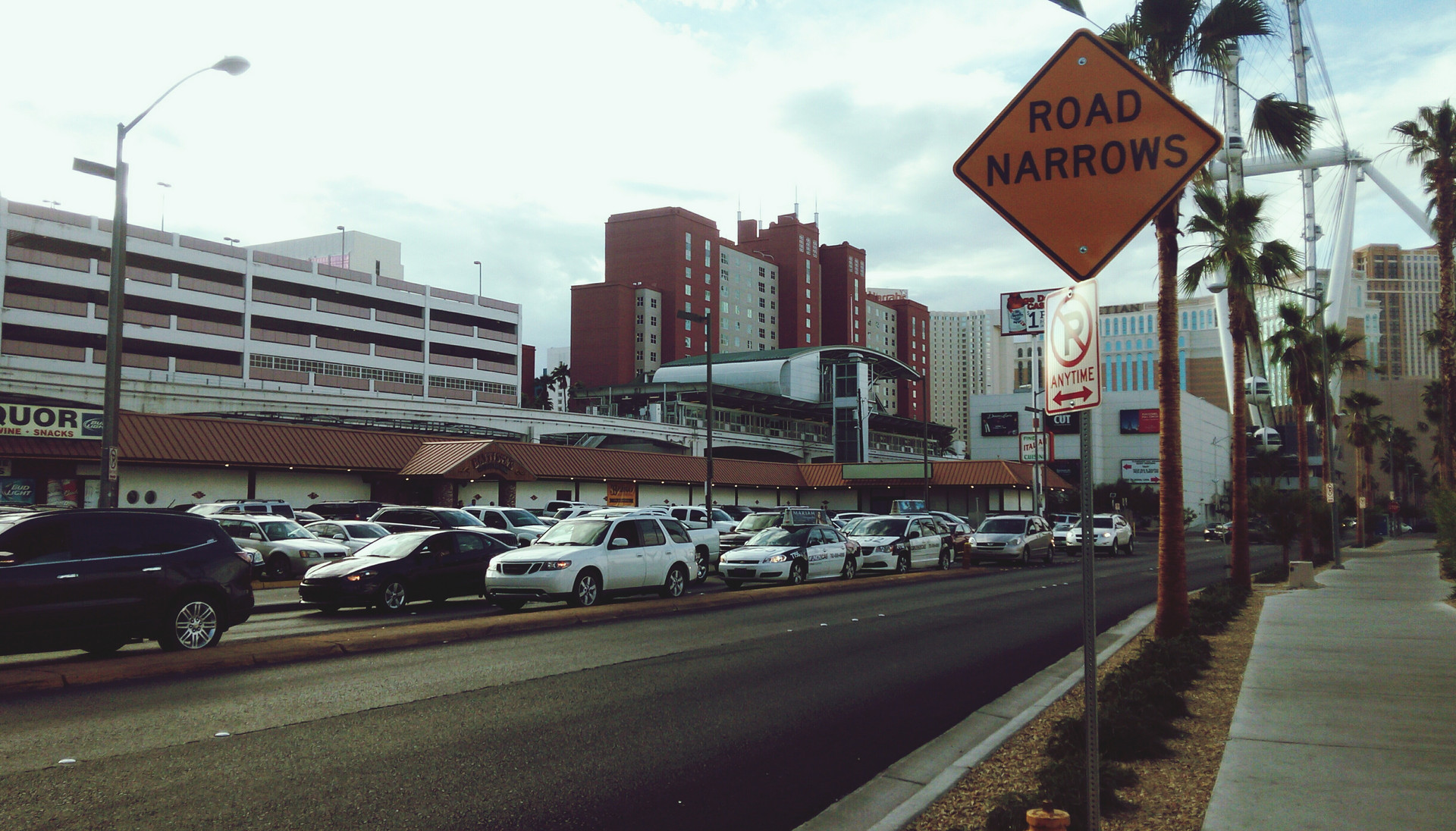Network analysis for C-Site selection

Try TrafficZoom’s AADT metrics today with a free trial
Get instant access nowMany networked industries are currently undergoing revolutionary changes that force the major players to explore innovative tools for network restructuring, which is necessary to remain viable and competitive in the coming years. The need for network optimization is often caused by the introduction of new services, as in the case of drugstore networks introducing Health Hubs, or in the case of deployment of EV charger networks, or in the case of C-store industry expansion due to an increased demand for convenience store services during the COVID pandemic. Maintaining the tasks of optimizing the referenced network changes requires a new approach that is different from the customary site selection task, which is best supported by C-Site InsightTM based on year-round observation of the exact location of customers’ interest.In network optimization, the exact location of interest is not known beforehand, and many different factors should be considered for the selection of candidates. These factors are quite often chosen in an arbitrary and voluntary way. Sometimes they are based on non-commercial reasons. A more objective approach can come from a multivariate analysis of influential factors, known from the literature and practice. This preliminary analysis allows for obtaining different sets of factors for different tasks. Methodologically, in all cases, the analysis of influential factors is grouped in three levels:
1. Regional analysis. Here, the challenge is to prioritize the regions based on a comparison of the service equity factor (SEF) for each of them.
2. Locations analysis. Within each region, networks of objects are considered and for each of them, along with the local value of the SEF, traffic activity, and behavior, as well as the competitiveness index, are analyzed. As a result of this process, the Ticon AI algorithm comprises a ranked list of locations, indicating the Location Attractiveness Index (LAI) criteria for each of them. For example, for the EV Charging network, the Location Attractiveness Index calculation will be based on the intensity of traffic along the adjacent roads; road classes and potential road network carrying capacity; store features that influence the length of the customer's stay for shopping; demographic and income characteristics for the area directly adjacent to the location, as well as in the definitive radius of influence; EV charging stations density for the area directly adjacent to the location, etc. For the drugstore Health Hub network, the length of the customer stay is obviously not needed, but Chronic Disease Prevalence, on the other hand, is vital.From the ranked list of locations, the client selects the best sites in each network based on his or her in-depth business experience and the LAI value.
3. Site Analysis. Each selected site is analyzed with the C-Site InsightTM algorithm which provides, at high resolution, annual and monthly averages of traffic volumes along with seasonal and daily traffic regularities. C-Site InsightTM also considers driver behavior, e.g., the driver’s desire and ability to stop / exit at a particular road segment to access the available service(s).

This multi-step multivariate analysis ensures the selection of optimal locations to maximize ROI (direct and indirect; soft and hard), while the client maintains total control over the location-critical business decision-making process. You can take these well-justified results of network analysis to any bank with 100% confidence!














